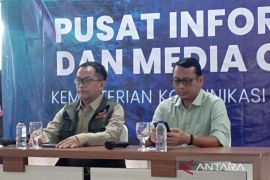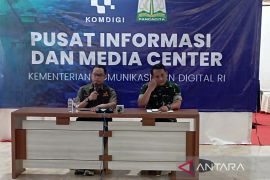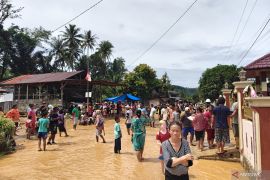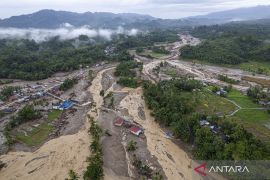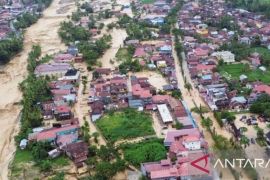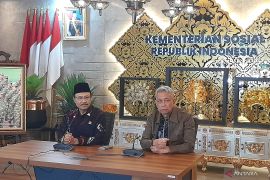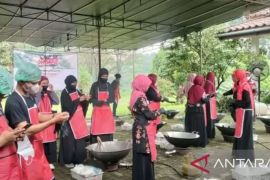In a residential area, there will be families, and so the question is how we can make those families more resilientJakarta (ANTARA) - Disaster Resilient Family (Katana) is one of the benchmarks for the success of the Disaster Resilient Village (Destana) Program designed to improve the disaster-handling capability of villages, the National Disaster Mitigation Agency (BNPB) stated.
BNPB's Readiness Director Pangarso Suryotomo affirmed that the Destana Program is required to prepare family members to have a broader understanding of the disaster potential that they will face.
"In a residential area, there will be families, and so, the question is how we can make those families more resilient," he noted while delivering material on Katana online here on Tuesday.
Related news: Experts key for building community resilience in facing disaster: BNPB
Within Destana, the resiliency of seven objects, including the residential area that involves one family, should be bolstered, according to Suryotomo.
Katana is required to reduce the number of disaster victims in families, he noted.
In 2018, Indonesia was the country, with the highest number of disaster victims, with 6,240 people, who died or went missing, for which this should be foundational, he highlighted.
In addition, based on the 1995 Great Hansin Earthquake in Japan survey result, the highest percentage of survivors of the earthquake were those who saved themselves, reaching 35 percent; family members, 31.9 percent; and friends or neighbors, 28.1 percent.
"This is why Katana is required. This should be strengthened," the BNPB official expounded.
Related news: Research and innovation crucial to expedite disaster risk reduction
Moreover, he expects Katana officials to edify families on the risk of disaster, so that their behavior would align with the principle of disaster risk reduction.
In April 2022, the BNPB plans to incorporate self-evacuation training in the Katana program in commemoration of Readiness Day, he noted.
Katana officials are expected to involve various parties to disseminate disaster information to all family members and improve their resiliency, so that they are ready to face disaster, he noted.
In addition, they have to become part of a sustainable movement that reduces disaster incidents by taking precautionary measures against them and allowing optimal recovery from disasters, he stated.
Related news: Tourism development can fuel village economy recovery: expert
Related news: Yogyakarta eyes 11% economic growth by year-end
Translator: Devi Nindy, Fadhli Ruhman
Editor: Fardah Assegaf
Copyright © ANTARA 2021


